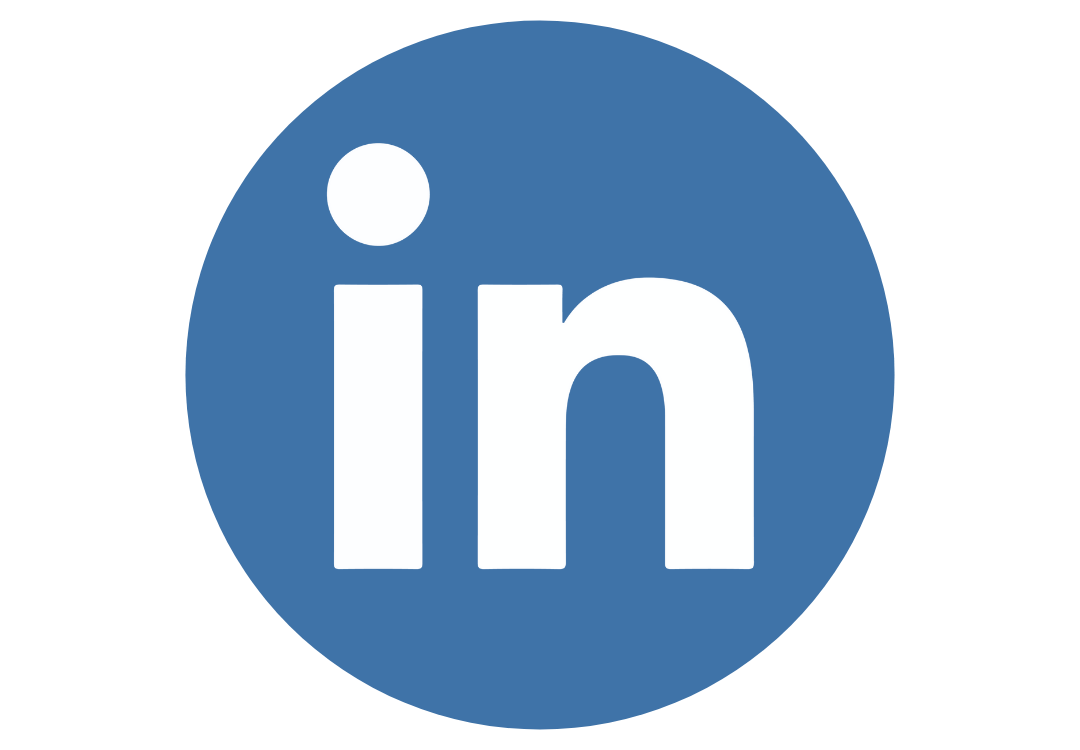Switzerland (Head Quarters)
IDR Medical Switzerland
Austrasse 95, CH-4051 Basel, Switzerland
T:
+41 (0) 61 535 1109
UK
IDR Medical UK
Unit 104 Eagle Tower, Eagle Tower
Montpellier Drive, Cheltenham, GL50 1TA
T:
+44 (0) 1242 696 790
USA
IDR Medical North America
225 Franklin Street, 26th Floor
Boston, Massachusetts 02110, USA
T:
+1 (0) 617.275.4465

MedTech Pricing Strategy: Who to Engage for Market Research and Why It Matters
Setting the right price for a new medical device is one of the most critical decisions a MedTech company can make.
Pricing influences market adoption, competitive positioning, and long-term profitability. However, determining the optimal price point is complex, as it requires balancing clinical value, reimbursement policies, and hospital procurement considerations. This is where market research plays a vital role.
Why Market Research is Essential for Pricing Strategy
- Reimbursement feasibility: Will payors cover the device at the target price?
- Procurement expectations: What price points and purchase model aligns with hospital and IDN purchasing behaviors?
- Competitive landscape: How does the pricing compare with existing alternatives?
- Value perception: What features justify a premium price versus a cost-sensitive model?
Key US MedTech Stakeholders for Market Research on Pricing
To gather these insights, MedTech companies should conduct research with the right stakeholders - each of whom provides a unique perspective on pricing.
1. Payors / Payor Advisors (Medicare, Medicaid, and Commercial Insurers)- What They Can Tell Us:
Payors in the US determine reimbursement levels based on clinical and economic value. Research with payors helps assess:- Reimbursement likelihood and coding pathways
- Payment levels for similar technologies
- Evidence requirements to justify premium pricing
- Cost-effectiveness thresholds
- Who we can target for market research: Consultants / KOLs advising insurance companies or government entities. Current employees of Medicare / Medicaid programs generally do not participate in market research due to regulatory restrictions.
- What They Can Tell Us: VAC members evaluate new technologies for clinical efficacy, operational impact, and cost-effectiveness. This is often a diverse group of commercial and clinical decision-makers, including clinicians, procurement, supply chain executives and hospital administrators. Research with these stakeholders provides an understanding of:
- Willingness of clinicians to advocate for a device based on clinical outcomes
- Comparative value versus existing solutions
- Price sensitivity and budget constraints
- Procurement decision criteria
- Preferred payment models (capital purchase vs. subscription vs. per-use pricing)
- Supply chain considerations affecting total cost of ownership
- Who we can target for market research: Both clinical and commercial stakeholders, including nurse managers, physicians, department heads, procurement, supply chain, value analysis managers, quality and risk managers, hospital administrators and C-Suite Executives.
3. Group Purchasing Organizations (GPOs)
- What They Can Tell Us: GPO-negotiated contracts influence purchasing decisions for thousands of hospitals, making them a critical player in pricing strategy. GPOs negotiate contracts on behalf of hospitals and healthcare systems. Engaging with them helps determine:
- Acceptable pricing bands for contracts
- Discount structures and volume-based pricing expectations
- Bundling opportunities with complementary products
- Who we can target for market research: Senior Executives with influence over strategic contracting decisions for the group.
Designing Market Research to Drive MedTech Pricing Success

- Establish clear objectives and hypothesis
Start by defining the clear goal of the research. Are you looking to optimize existing prices, identify new opportunities, or validate a new purchasing model? Once the objective is clear, ensure the research aligns with broader business goals, fostering cross-functional collaboration within internal teams. Additionally, gather hypotheses to guide the research, acting as a compass to direct the insights toward practical, actionable findings. - Ask the Right People the Right Questions
Identifying and targeting the right stakeholders is critical. Whether it’s clinicians, procurement teams, GPOs, or payers, these individuals play a significant role in the purchasing decision. Begin with initial research to narrow down your ideal research subjects, then tailor your questions and methodologies to uncover the real drivers of decision-making. - Consider Customer Segmentation From the Start
The right segmentation serves as the blueprint for crafting a dynamic pricing strategy that resonates with the specific needs of each group. Whether you’re dealing with hospitals of different sizes, specialties, or geographic locations, segmentation helps you target pricing strategies that are tailored and responsive to each segment’s unique requirements. Start with a segmentation hypothesis, validate it through qualitative research, and then design quantitative research to gather actionable data from each segment for pricing decisions. - Unlock True Willingness to Pay with Real-World Simulations
Move beyond simple questions like "How much would you pay?" and use advanced behavioral insights to uncover true willingness to pay. Techniques such as conjoint analysis, Gabor Granger, or real-world simulations give a more accurate picture of what customers are willing to pay under different scenarios. - Build an Adaptive Approach with Continuous Feedback
The pricing landscape is constantly evolving, so it’s crucial to create a feedback loop that allows you to track shifts in customer sentiment, competitor actions, and regulatory changes. This ongoing data collection and analysis help you stay agile, continuously refining your pricing strategy based on new insights and market trends.
Pricing strategy in the MedTech industry requires a multi-faceted approach, balancing reimbursement dynamics, hospital purchasing behavior, and clinical value. Engaging in targeted market research with payors, IDNs, GPOs, and VAC members ensures that pricing decisions are backed by real-world data.
At IDR Medical, we specialize in market research that helps MedTech companies optimize their pricing strategy. Our expertise in qualitative and quantitative pricing methodologies ensures that you set a price that maximizes market access and profitability. Contact us today to learn how we can support your next product launch.


